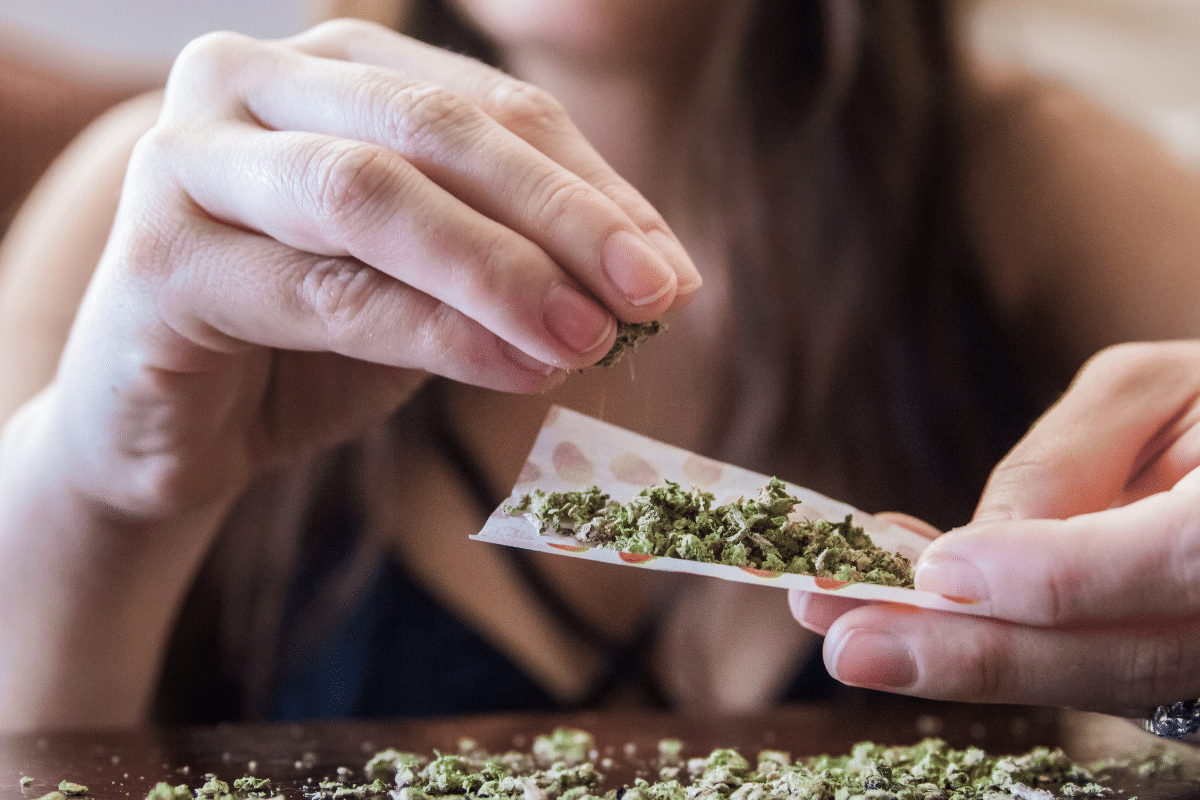If you’re wondering how the level of THC factors in to your cannabis experience, this article is for you. Read on for the high-THC vs. low-THC debate, and when you should consider each side depending on your needs.
Across the United States, cannabis laws are changing, but so is cannabis. A few decades ago, a typical cannabis flower had a THC content of about four percent, but today’s commercial cannabis strains can contain 15 percent or more, with some products boasting THC levels of more than 30 percent. That’s a considerable jump in potency from yesteryear!
Increasingly potent strains may delight advanced consumers, but they can also drive away many of today’s cannabis newbies—a rapidly growing group of new consumers. Now, the cannabis industry is responding with naturally low-THC cannabis strains and products that support effects like productivity, wellness and health.
THC: A Medicinal and Recreational Cannabinoid
Before you can dive into the high-THC vs. low-THC conversation, it’s important to understand what THC is and how it works.
The cannabis sativa plant contains more than 100 distinct cannabinoids and terpenes, all of which define the profile of a particular strain. Science is still discovering the properties of many cannabis compounds, but of them all, THC is the most thoroughly studied for its unique psychoactive effect—the ability to create a sense of euphoria and relaxation, creating the famous “high.”
THC is the only cannabinoid with a molecular structure capable of producing its well-known psychoactive effects. That’s because THC binds to the CB1 endocannabinoid receptor in the brain, which triggers responses in the brain’s pathways for pleasure, reward and pain signalling.
THC is responsible for the recreational enjoyment of cannabis, but it can also have some potential health benefits. THC can help to boost focus and concentration, relieve pain and reduce nausea caused by chemotherapy.
Some research suggests it can also protect neural pathways in the brain after trauma or injury and help to control seizures in certain forms of epilepsy.
THC may also reduce muscle spasms in people with multiple sclerosis and other diseases of the central nervous system. In high amounts, though, THC can cause anxiety and paranoia, confusion or a rapid heartbeat.
High-THC vs. Low-THC: Why THC Content Matters
The THC content of a cannabis strain depends on many factors, including the THC levels of its parent strains and even the planting or harvesting time. Processing affects a product’s content of THC and other compounds, too, and so does the size of a specific dose. These and other variables can make it hard to determine whether a particular strain or product is high or low in THC.
As a rule, a strain or product is considered low THC when it is at 10 percent THC content or less. High-THC cannabis typically contains 20 to 30 percent, but very high THC products can include even more.
Because of the variation in strains and other factors, it’s not always easy to determine how much THC is in a typical joint, but it can range from as low as four percent to 20 percent or more. Cannabis edibles typically contain between five and 15 mg THC per serving, while tinctures can range between 2.5 mg and 20 mg or more per dose.
THC vs. CBD: A Balancing Act
Many products are high in cannabidiol (more commonly referred to as CBD)—a non-psychoactive cannabis compound with a long list of documented health benefits that include pain relief, as well as relief for issues like anxiety and insomnia. CBD oil and other products contain virtually no THC, so they’re exempt from regulations on full-spectrum cannabis products and cannabis flower. Due to this, hemp may be sold nearly everywhere or even ordered online.
But CBD can also work with THC. Because CBD can inhibit the effects of THC on the brain’s CB1 receptor, it can help to reduce the anxiety and paranoia that can come from taking in too much THC. High-CBD, low-THC products, or those that contain an equal measure of both, can offer the health benefits of THC without such an intense high.
Why Go Low THC?
As the cannabis culture expands, people are discovering that THC can have benefits beyond that famous high. For example, lower amounts can work to boost mental and physical well-being without impairing normal functioning. At “sub-perceptual” levels, sometimes referred to as microdosing, THC appears to increase mental clarity and focus, improve productivity and creativity, and even improve social skills. With microdosing, the effects of THC are subtle and don’t interfere with daily activities. Low-THC cannabis products can include tinctures, lozenges, candies, gummies, beverages and more.
Have Questions? We Can Help
Whether you’re looking to get a medical cannabis card or just want information tailored to your specific needs, we’re here for you. Reach out to our team of cannabis counsellors today (free of charge!). We’ll help you take the guesswork out of cannabis.






